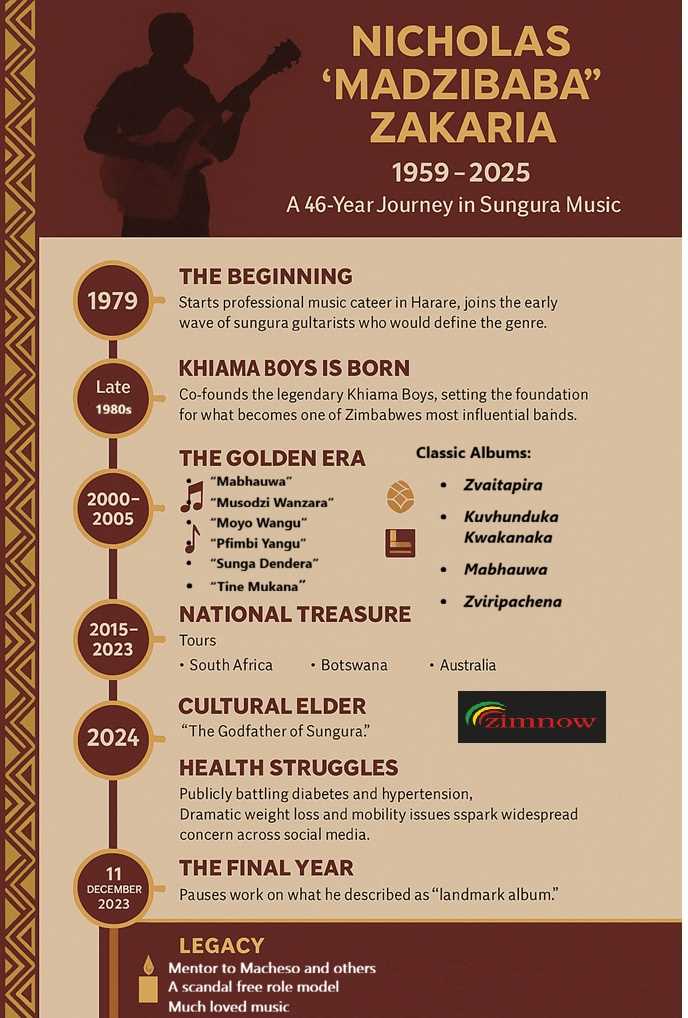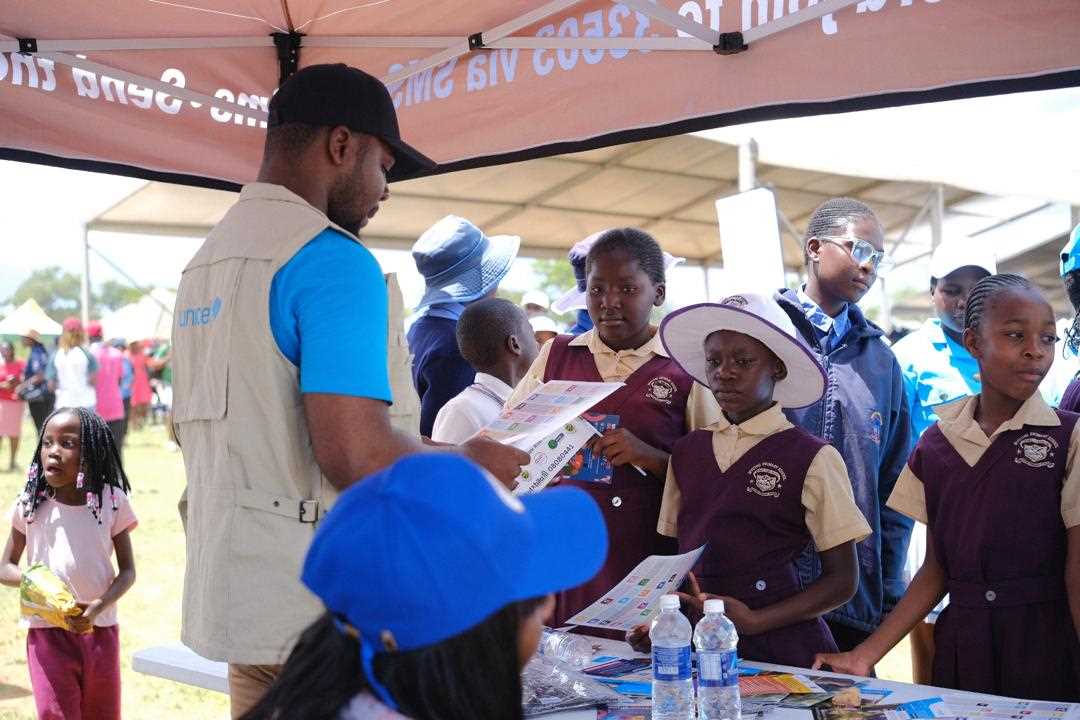
Audrey Galawu
ASSISTANT EDITOR
.The Zimbabwe Coalition on Debt and Development has said that despite the improvement in budgeting, the objectives of the NDS1 and National Health Strategy remain unmet.
A survey on the state of national health service delivery carried out by Zimcodd established that more than half (58%) of the districts sampled experienced a poor supply of essential medical drugs.
In comparison, 64% reported an acute shortage of healthcare personnel relative to the local population.
“In Africa, signatories to the Abuja Declaration of 2011, including Zimbabwe, agreed to earmark 15% of their national budgets toward public health spending.
The organisation said poor infrastructure, weak remuneration, unavailability of medicines, high maternal mortality rate and poor child health security remains a cause of concern
The NHS objectives include improved access to essential medicines and commodities, increased access to water and sanitation, improved health infrastructure, and medical equipment and increased domestic funding for health.
Related Stories
Official statistics show that government has increased health funding from US$117 million in 2020 to an average of US$460 million over 2021-2024.
However, the challenges facing the health sector remains acute, with local budgets remaining vulnerable to inflation and exchange rates volatility.
Public health is critical in determining a country’s health status and economic development, as nations that spend more on heath care will have healthier and more productive human capital, reducing health-related inequalities and powering national output growth.
“The results further indicated that 54% of the districts surveyed require increased investments in construction of new and renovation of existing healthcare infrastructure, while 61% of districts require new medical equipment of the 21st century to improve health service delivery.
“This is in sync with official statistics showing low capital expenditure in health, for instance, only 1.5% of 2020 public spending was for health capital projects.
“Moreso, about 69% and 70% of the districts have poor maternal health care and ambulance services, respectively.
The results show a deepening structural inequality, “a system of privilege created by institutions within an economy”.
This lack of accessibility to health care service disproportionately affects pregnant women, the elderly and people with disabilities.



















Leave Comments